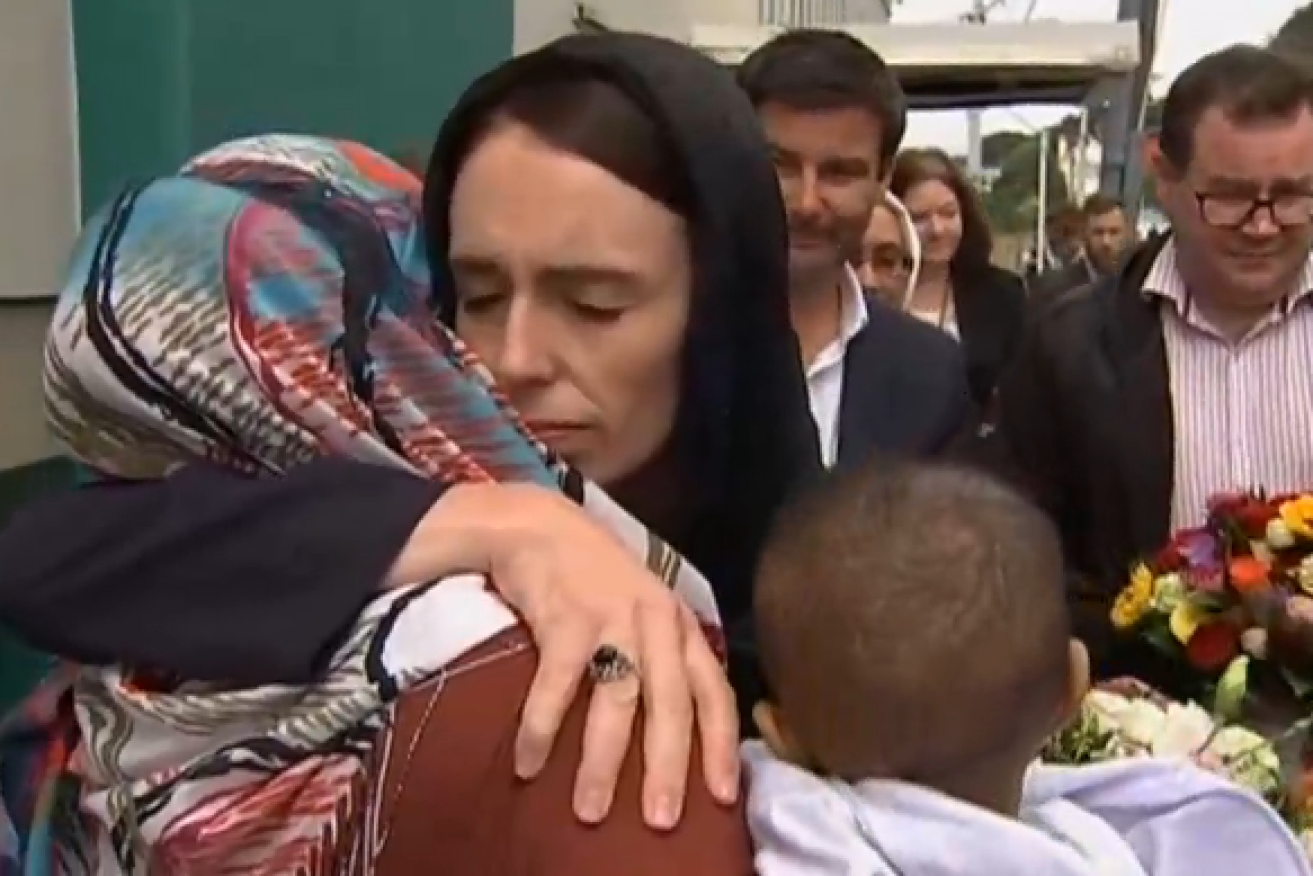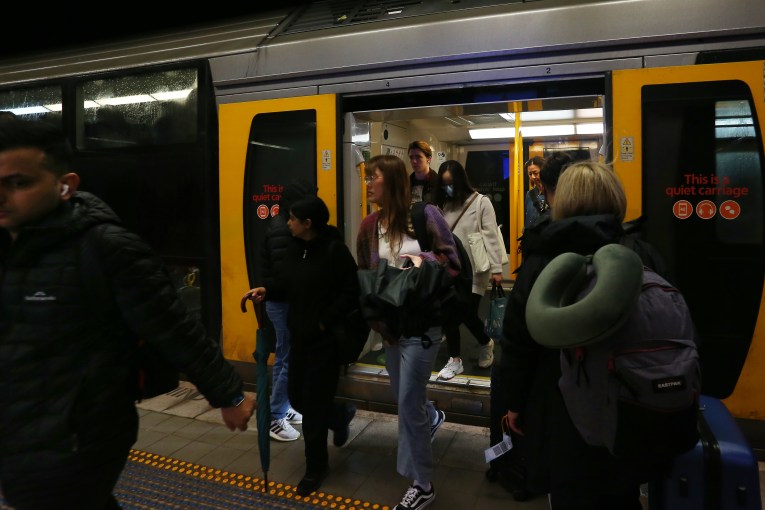Christchurch butcher Brenton Tarrant copied ISIS social media strategy: Expert

Ms Ardern won the world's admiration for the comfort she brought to survivors of the mosque shooting. Photo: ABC Photo: ABC
The social media strategies used by the accused Christchurch mosque shooter and Islamic State (ISIS) media are overlapping, says a Harvard researcher investigating online radicalisation.
New Zealand began burying their dead after a gunman attacked worshippers in two mosques, killing 50 and injuring dozens.
Grafton man Brenton Tarrant, 28, who is accused of livestreaming the attack, had allegedly uploaded a 73-page manifesto through the same anonymous file sharing services used by IS to disseminate its propaganda.

Anders Breivik’s 2011 slaughter spree set the standard for white supremacists. Photo: Getty
Norwegian extremist Anders Behring Breivik, who killed 69 people on the island of Utoya in 2011, took a similar approach to justifying his acts.
An analysis of the digital footprint of Tarrant’s documents revealed recruitment techniques observed in far-right movements and terrorist organisations.
Benjamin Decker is a research fellow at the Shorenstein Centre at Harvard Kennedy School in Boston, investigating online radicalisation of mass shooters and jihadists.
He said the accused shooter and recruiters in Syria employed social media to inspire lone-wolf attacks using a “media manipulation operation to bait journalists into amplifying hateful propaganda”.
“While [he] frequented fringe social media platforms, his strategy more closely resembles tactics used by the Islamic State during its peak propaganda output in 2014 and 2015,” Mr Decker said.
Twitter posts purporting to be Tarrant’s contained several download links to his manifesto, which was shared on messaging boards less than 30 minutes before the attack at a Christchurch mosque.
Mr Decker said, like ISIS, Tarrant’s manifesto used symbolism and coded language to paint a historical narrative about the victimisation of a specific people attempting to reclaim a lost glory.

Shots heard around the world: Mourners at a Virginia mosque hold signs bearing the names and ages of the Christchurch dead. Photo: AP
“My first thought was that this is the white nationalist response to ISIS – he specifically creates a number of search areas for readers of his content to look further,” he said.
The Harvard fellow noted the manifesto of Charleston Church shooter Dylann Roof, who killed nine black parishioners after opening fire at a church in South Carolina, sparked an increase in web searches for black-on-white crime.
The alleged Christchurch shooter’s manifesto also contained questions and answers the author conducted with himself and were reminiscent of the ISIS glossy English-language magazine Dabiq, which profiled one of the Brussels bombers in 2016.
Mass shooters’ meme culture
In his manifesto, the accused shooter referenced a number of popular video games. During the livestream of the attack, a reference to a popular gaming personality pre-dominantly watched by young children and teenagers could be heard.

Harvard’s Benjamin Decker has spent years immersed in online terror propaganda. Photo: ABC
While extensive academic research does not suggest a link between violence in video games and real-world violence, it is central to the culture existing on online forums and social media pages mass shooters inhabit.
Mr Decker said the first-person shooter angle, common in video games and used in livestream of the attack, was commonly used in IS recruitment videos and said there was an “intersection of extremist violence and online gaming culture”.
“It’s a commonplace lens through which to witness violence and was a central component of IS recruitment, particularly of westerners,” he said.
IS fighters had used headcam footage while they battled Iraqi forces for control of Fallujah in 2016. Similarly shot videos were also used by ISIS supporters in combat scenarios in the Philippines.
Nick Kaldas, the former deputy commissioner of NSW Police and now senior fellow at the Australian Strategic Policy Institute (ASPI), was concerned the accused shooter’s livestream could be used as recruitment material by white supremacists and jihadists alike.
“This is the dilemma with such intensive media coverage, it does sometimes inspire copycats,” he said.
A ‘growing threat’ in Australia
The supposed white supremacists’ views of the manifesto’s author did not germinate in a vacuum, according to Victoria University’s Debra Smith, who has spent 18 months working on a report on the subject from Melbourne.
Dr Smith said far-right extremism was a “growing threat” in Australia and leaders in those communities were leveraging racial hatred and bigotry to increase their numbers.
She said hateful speech allowed people to feel like they were the “vanguards of a social movement”.
“What research [shows is] that anti-Islamic rhetoric is being used as a strategic tool by the far-right to recruit people into the movement,” Dr Smith said.
“It’s very clear the far-right respond to public debates around the role of Islam in society, around things like marriage equality and so-called African gangs, to sow fear and division to recruit people to their cause.”
She said while social media created “echo chambers”, research has shown about 85 per cent of people with those views had a real-world contact with someone already involved.
Mr Decker said the media should limit exposure time for the far-right in the same way they did for jihadists and warned the accused might use his trial to further disseminate a white supremacy agenda.
“We should stop sharing screenshots or links to shooter’s own brand of recruitment propaganda,” he said.
“It further propagates his beliefs in the hope that he might inspire others – we, the media, cannot allow him to bask in that glory and fulfil his ambitions.”








